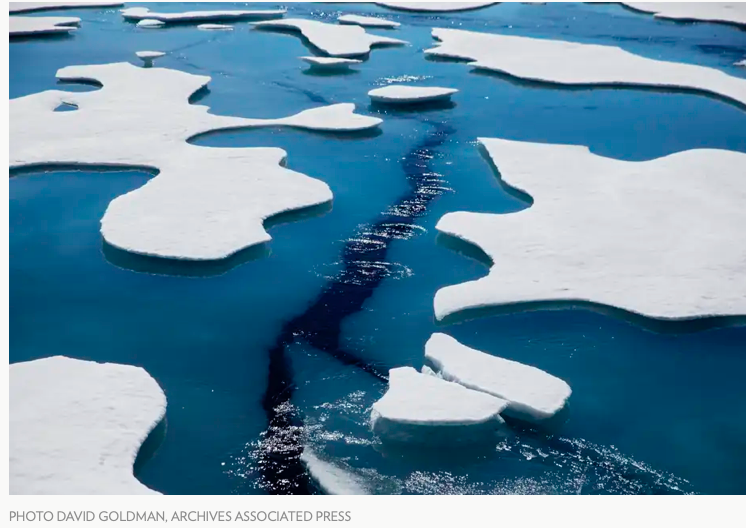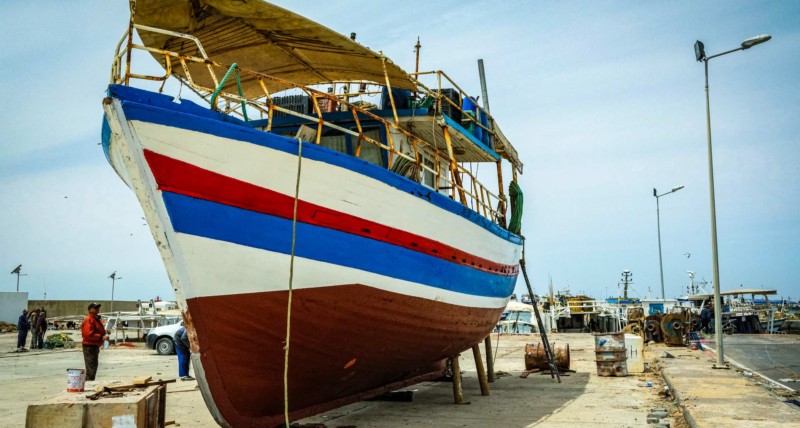
Considered impenetrable a century ago, the famous « Northwest Passage » has whetted the appetites of navigators and explorers, attracted by the prospect of a considerable shortcut (around 7,000 km).
(Paris) Melting ice in the Arctic Ocean, which is warming rapidly as a result of climate change, is not making commercial shipping on a legendary passage between Europe and Asia any easier, contrary to popular belief, and is even making it more dangerous, according to scientists.
Reputedly impassable a century ago, the famous « North-West Passage » is whetting the appetites of navigators and explorers, attracted by the prospect of a considerable shortcut (around 7,000 km) thanks to man-made global warming that is shrinking the ice cap to the bone.
« We’ve found that in fact it’s almost the opposite, » Alison Cook, a polar navigation expert at the Scottish Marine Science Association and lead author of the study published Thursday in the journal Communications Earth and Environment, told AFP.
Far from increasing, the number of weeks per year during which a ship can safely navigate this passage actually shortened between 2007 and 2021.
Although the pack ice is shrinking, older, thicker ice is drifting further and further south, creating bottlenecks.
This old ice poses a greater risk to ships than the fresher, thinner ice that was once more common in the Canadian archipelago, says the study.
All the more so as the lack of infrastructure, the remoteness of the area, its shoals and labyrinthine straits always make for a perilous crossing.
In 1845, British explorer John Franklin’s legendary expedition resulted in the loss of both his ships. In 1906, Roald Amundsen became the first European to make the crossing.
Since then, although still very low, the number of ships venturing through the passage has risen from 112 in 2013 to 160 in 2019, according to the Arctic Council, an intergovernmental organization.
Cargo ships, fishing boats, racing boats and even a 1,000-passenger ocean liner have already made the crossing.
In 2021, another study predicted that if global temperatures rose 2°C above pre-industrial levels, the Northwest Passage would be navigable for part of the year.
This is far from being the case yet. The thicker, older ice that accumulates in the passage will still be there « for […] many years to come », says Cook.
« It’s more of a warning, » she adds, given that the number of trips across the entire Canadian Arctic has already quadrupled since 1990.
Source: La Presse



